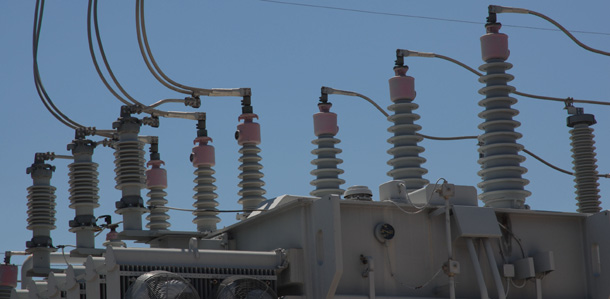Smart Grid: Coordinating Efforts For the Road Ahead

Editor’s Note: This is a guest post by Aranya Chakrabortty, an assistant professor of electrical and computer engineering at NC State.
The concept of a “smart grid” for power utilities is drawing significant interest from researchers, practitioners and governments around the globe. The benefits of making the grid smart would be immense, including improved security, reliability, sustainability, and, perhaps most importantly, more efficient use of renewable energy and storage.
So far the smart grid research community in the United States has seen promising, yet isolated, research and development in power systems, power electronics, material science, communication engineering and economics. But in order to move forward, all these efforts need to be put together to address the overarching challenges facing smart-grid development. The two most natural and compelling tools that bind all these varied aspects of a smart grid together are control and optimization.
Marija Ilic, from Carnegie Mellon University, and I are serving as the co-editors of a new book titled “Control and Optimization Methods for Electric Smart Grids,” to help coordinate these research challenges. The book contains 18 chapters written by almost 50 leading researchers in power, control and communication systems, and captures in a holistic way how tomorrow’s grid will need to be an enormously complex system in order to solve the problems that we are facing today. Literally, with every passing day, our national grid is becoming integrated with new technologies in the form of renewable energy resources, new loads in the form of smart vehicles, new sensors such as smart meters and Phasor Measurement Units, and newer mechanisms of decision-making guided by complex power market dynamics. The book aims to capture the spectrum of this exponential transformation, and at the same time present the plethora of open problems that this transformation poses for smart-grid researchers on the way ahead.
For example, a well-known yet grand challenge for the smart grid is to determine how consumers and power utilities can interact with each other in a secure way to optimize energy consumption. This is not something that power engineers can do by themselves. Applied mathematicians and statisticians will need to develop models to capture how these interactions between multiple producers and consumers can happen in real time, and whether they can lead to chaos or not. Communication engineers will need to ensure the time constraints and the security of these interactions over wireless media. Economists will be needed too – to determine the market dynamics involved in this process.
The multi-disciplinarity of smart grid research problems that need to be tackled is one of the key challenges for us. This book consolidates some of the most promising and transformative recent research done in this area so far in hopes of laying the foundation for future advances.
- Categories:


